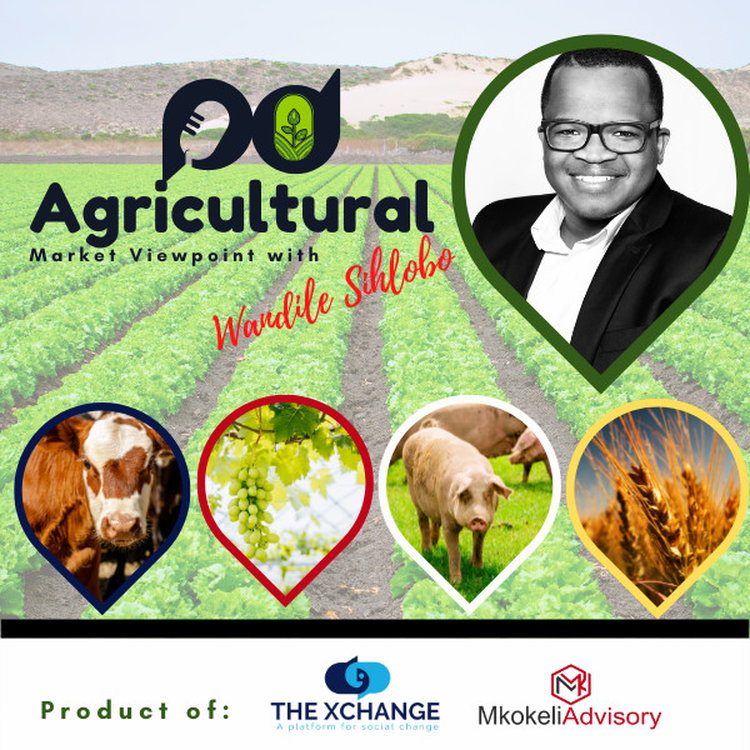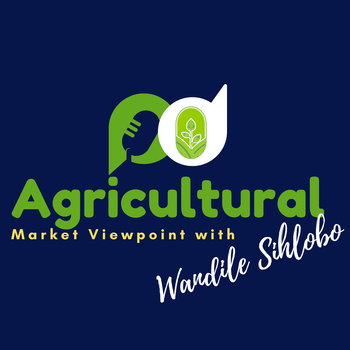
SA agricultural exports remained robust in Q2,2023
Loading player...
South Africa's agricultural exports amounted to US$3.4 billion in the second quarter of this year, up by 0,1% y/y. Despite challenges in key export markets such as the EU in the case of citrus, the products that dominated the export list this quarter were citrus, maize, apples and pears, wine, sugar, soybeans, wool, avocados, pineapples, fruit juices, nuts, and grapes. Importantly, this good export performance was not only a function of price but also improved volumes.
The prices of some agricultural products have declined notably from the 2022 levels. The improvement in agricultural exports also partly demonstrates the results of continued collaboration between the industry and Transnet to improve the logistics at the ports. However, more work is needed to improve the efficiencies.
The South African agricultural industry has established forums to continuously engage with Transnet and enhance communication about problems at the ports so that the response could be swift to drive the exports of high-value and perishable products.
From a regional perspective, the African continent remained the largest market for South Africa's agricultural exports, accounting for 36% of the exports in the second quarter of 2023. Asia and the Middle East were the second largest region, with a 30% share.
The EU was the third largest region, accounting for 18% of the agricultural exports, with the Americas region at 6%. The UK remained one of the largest single markets for South Africa's agricultural exports, accounting for 7% of the exports in the second quarter. The remaining 3% was spread to other various regions of the world.
Regarding imports, South Africa's agricultural imports fell by 6% y/y in the second quarter of this year to US$1,8 billion. The products that still dominate the import list are rice, wheat, palm oil, whiskeys, and poultry.
The whiskeys, wheat and poultry products were the main drivers of the decline in the value of imports in the first half of the year. Overall, South Africa had an agricultural trade surplus of US$1,6 billion in the first half of 2023, up 9% y/y.
We discuss more in this week's podcast segment.
My writing on agricultural economic matters is available on my blog: https://wandilesihlobo.com/
Podcast production by: Lwandiso Gwarubana, Richard Humphries, and Sam Mkokeli
The prices of some agricultural products have declined notably from the 2022 levels. The improvement in agricultural exports also partly demonstrates the results of continued collaboration between the industry and Transnet to improve the logistics at the ports. However, more work is needed to improve the efficiencies.
The South African agricultural industry has established forums to continuously engage with Transnet and enhance communication about problems at the ports so that the response could be swift to drive the exports of high-value and perishable products.
From a regional perspective, the African continent remained the largest market for South Africa's agricultural exports, accounting for 36% of the exports in the second quarter of 2023. Asia and the Middle East were the second largest region, with a 30% share.
The EU was the third largest region, accounting for 18% of the agricultural exports, with the Americas region at 6%. The UK remained one of the largest single markets for South Africa's agricultural exports, accounting for 7% of the exports in the second quarter. The remaining 3% was spread to other various regions of the world.
Regarding imports, South Africa's agricultural imports fell by 6% y/y in the second quarter of this year to US$1,8 billion. The products that still dominate the import list are rice, wheat, palm oil, whiskeys, and poultry.
The whiskeys, wheat and poultry products were the main drivers of the decline in the value of imports in the first half of the year. Overall, South Africa had an agricultural trade surplus of US$1,6 billion in the first half of 2023, up 9% y/y.
We discuss more in this week's podcast segment.
My writing on agricultural economic matters is available on my blog: https://wandilesihlobo.com/
Podcast production by: Lwandiso Gwarubana, Richard Humphries, and Sam Mkokeli

